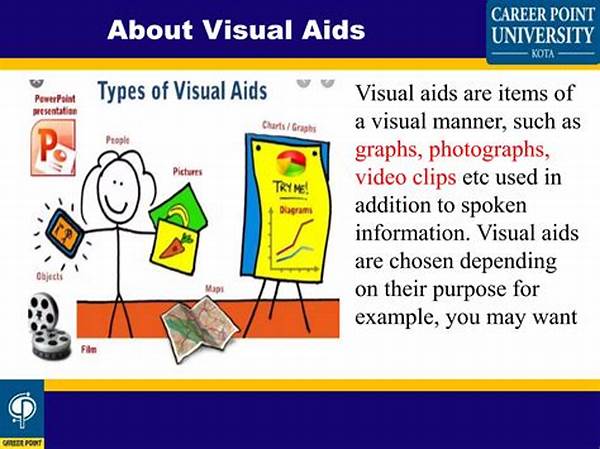- The Simple Math: Using Visual Aids to Teach Sharing and Waiting Turns!
- Why Visual Aids Work in Teaching Sharing and Waiting Turns
- Effective Strategies for Implementing Visual Aids
- H2: Enhancing Learning with Visual Aids
- H3: Real-World Applications and Success Stories
- UL: Objectives Tied to The Simple Math: Using Visual Aids to Teach Sharing and Waiting Turns!
- Promoting Positive Learning with Visual Tools
The Simple Math: Using Visual Aids to Teach Sharing and Waiting Turns!
When it comes to teaching young children about sharing and taking turns, the task can often seem daunting for both educators and parents alike. It is not just about facilitating playtimes; it is instilling a fundamental understanding of fairness, patience, and empathy. What if the process could be simplified with the use of visual aids? Embracing the power of images, charts, and tangible objects can transform the learning experience, making it both engaging and effective. Welcome to the world of “The Simple Math: Using Visual Aids to Teach Sharing and Waiting Turns!” where education meets creativity.
Read More : Top Educational Toys For Toddlers
Visual aids possess a unique selling point (USP) in education, especially for early learners. They not only grab attention with vibrant colors and captivating illustrations but also foster interest by connecting abstract concepts with real-world applications. One might even say that effectively utilizing visuals is akin to performing magic. The ability to transform a concept like sharing into a playful, narrative-led exploration is the ultimate teaching action. Intrigued already?
Imagine a kindergarten setting where children are introduced to the idea of taking turns using a simple but colorful wheel with each child’s picture on it. As each child gets their turn, the wheel rotates, clearly showing whose turn it is next. This simple but effective strategy illustrates the topic of our discussion: the simple math: using visual aids to teach sharing and waiting turns! The idea becomes an accessible game rather than a boring lecture, ensuring the lesson is both entertaining and educational.
Why Visual Aids Work in Teaching Sharing and Waiting Turns
For educators looking for effective methods, understanding the reason visual aids are so compelling is crucial. They aren’t just about making the classroom more colorful. Visual aids stimulate both hemispheres of the brain, making the learning experience more holistic and integrated. By targeting these multiple processes, visual aids can improve comprehension, retention, and engagement.
Statistics in educational research suggest that children are able to retain 80% of what they see compared to just 20% of what they hear. When sharing is turned into a story using images or when waiting turns is depicted with a simple traffic light system, the concepts become more intuitive. This not only aids in learning but also in making these values a permanent part of a child’s interactions.
Effective Strategies for Implementing Visual Aids
Creating an engaging and educational experience does not require extravagant resources. Simple items like picture books, digitally animated slides, and DIY charts can do wonders. For example, visually tracking how a small toy or snack is divided among a group can make sharing more concrete. The simple math: using visual aids to teach sharing and waiting turns encourages educators and parents to experiment with various tools to see what resonates best with their learners.
Moreover, real-life testimonials from parents and teachers have shown that visual aids do more than just educate; they create a joyful atmosphere where children are eager to learn rather than seeing it as a tedious task. Such is the power of blending education with creativity.
H2: Enhancing Learning with Visual Aids
Visual aids stand out as a key player in shaping how children understand complex social concepts. They allow abstract ideas like fairness and patience to be seen and felt, fostering a unique learning environment.
H3: Real-World Applications and Success Stories
Implementing visual aids has seen considerable success, with many educators noting dramatic improvements in social behavior and cooperative play among children. By simplifying complex ideas into visually engaging formats, the simple math: using visual aids to teach sharing and waiting turns becomes more than a teaching technique—it becomes a gateway to lifelong skills.
UL: Objectives Tied to The Simple Math: Using Visual Aids to Teach Sharing and Waiting Turns!
Promoting Positive Learning with Visual Tools
Visual aids create a dynamic and inclusive classroom atmosphere. With educators looking to implement these strategies, they provide not just a unique opportunity but also an effective way of teaching the basic life skills of sharing and waiting. “The Simple Math: Using Visual Aids to Teach Sharing and Waiting Turns!” goes beyond education, shaping the very foundation of social interactions for years to come.
For any parent or teacher aiming to make learning fun and impactful, the answer is clear: explore the vibrant world of visual aids today!
